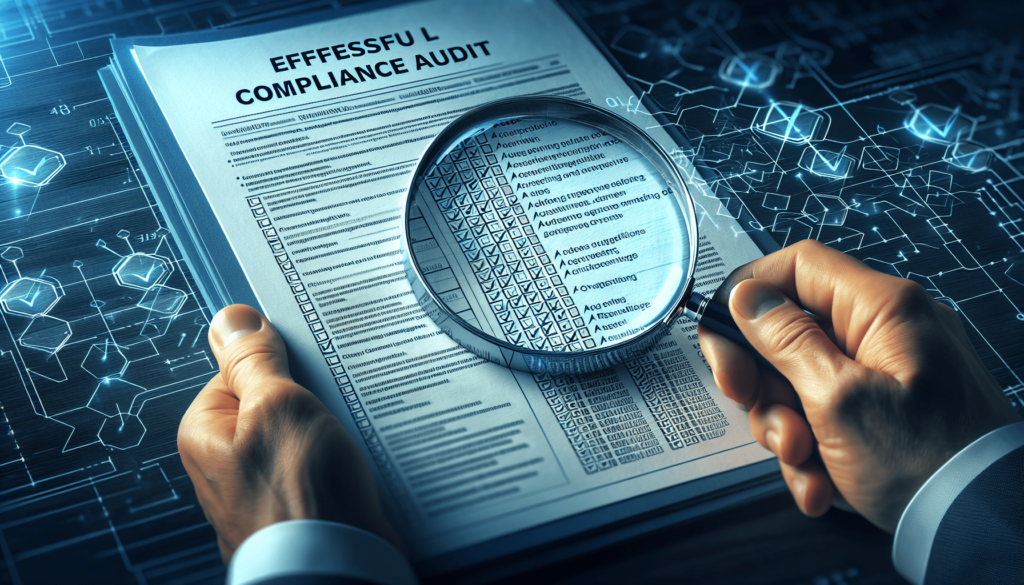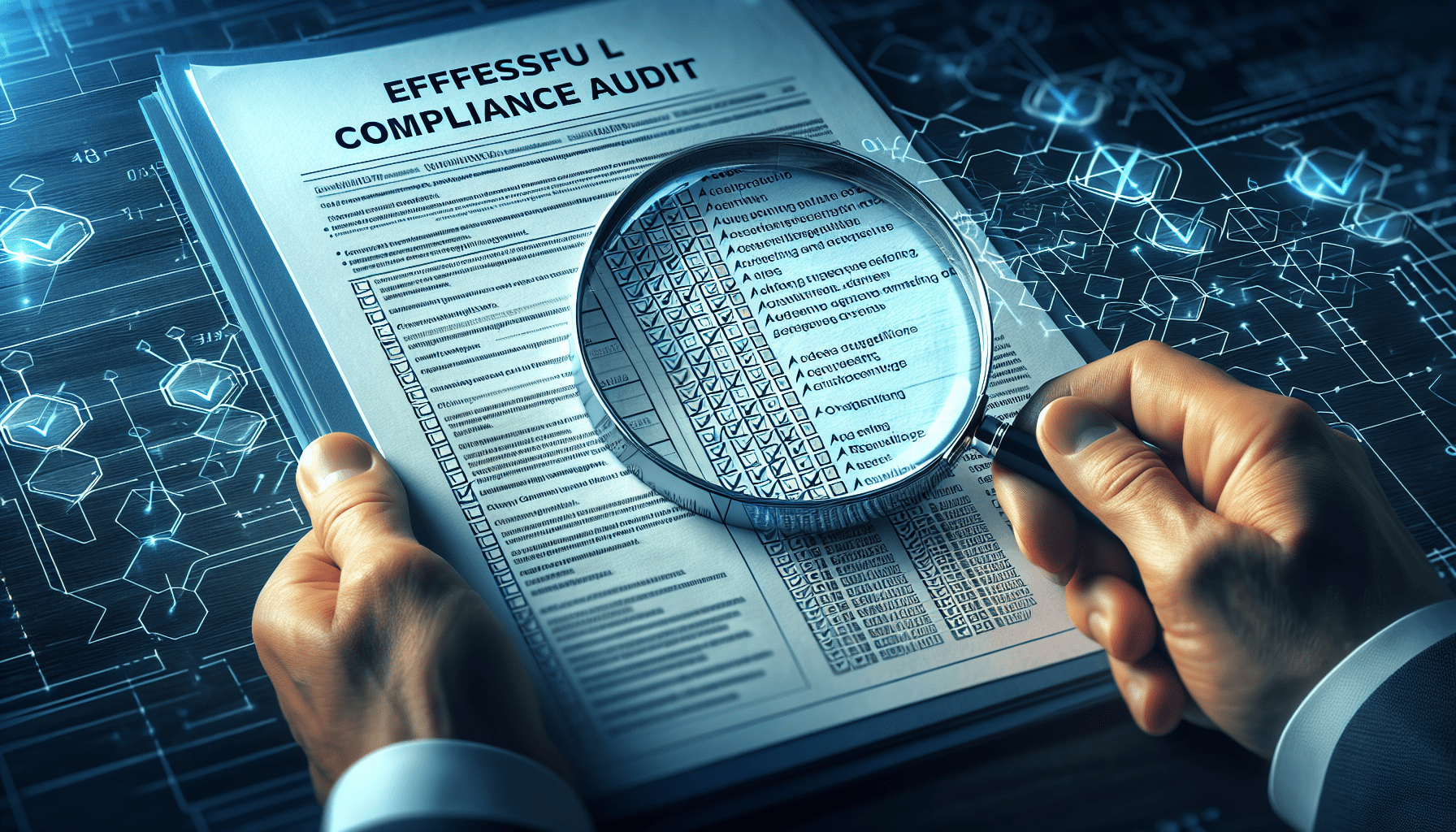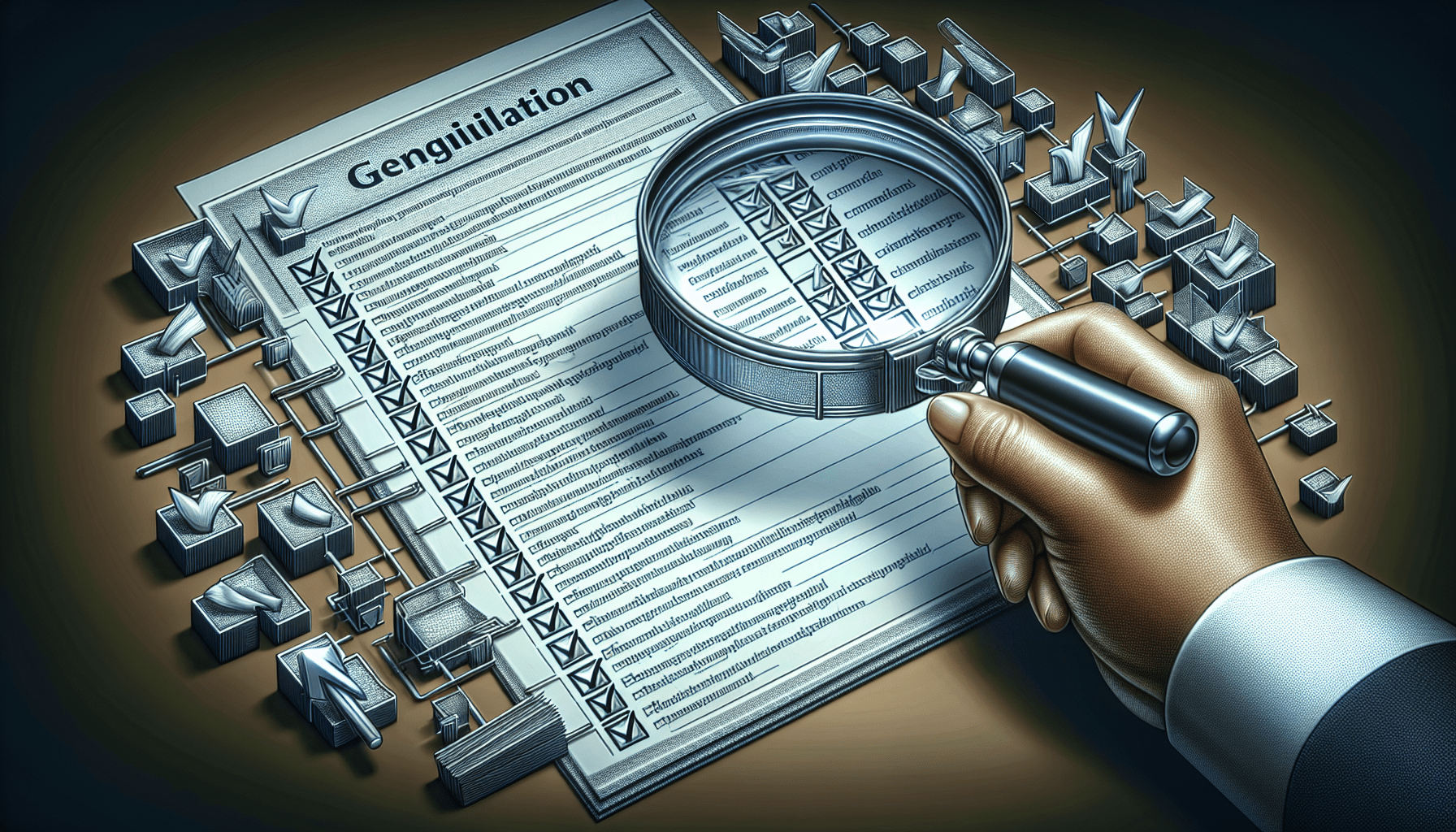In order to ensure your organization is operating in accordance with all regulations and best practices, conducting a successful compliance audit is essential. By thoroughly examining your processes, policies, and procedures, you can identify any areas of non-compliance and take action to rectify them. This article will outline the key steps to follow in order to conduct a thorough and effective compliance audit, ultimately helping you maintain the trust and confidence of stakeholders and avoid potential legal issues.
How To Conduct A Successful Compliance Audit
When it comes to ensuring your organization is following all the rules and regulations, conducting a compliance audit is crucial. This process helps identify any potential risks or violations and can ultimately protect your company from legal issues and financial penalties. In this article, we will discuss how to conduct a successful compliance audit, step by step, to ensure a thorough and effective evaluation of your organization’s compliance practices.
Understanding the Purpose of a Compliance Audit
Before diving into the details of how to conduct a compliance audit, it is essential to understand the purpose behind it. A compliance audit is essentially a systematic review of an organization’s adherence to laws, regulations, and internal policies. The primary goal of a compliance audit is to identify any areas of non-compliance and take corrective actions to bring the organization back into compliance.
Why is understanding the purpose of a compliance audit important?
Understanding the purpose of a compliance audit is crucial because it provides clarity on what needs to be evaluated and the desired outcome of the audit. By knowing the purpose, you can tailor your audit process to focus on specific areas of compliance, making the audit more efficient and effective.
Establishing Clear Objectives and Scope
Once you have a firm grasp of the purpose of the compliance audit, the next step is to establish clear objectives and define the scope of the audit. Setting objectives helps you outline what you aim to achieve through the audit, while defining the scope ensures that you focus on specific areas of compliance.
What are the key elements of establishing objectives and scope?
- Define the specific compliance areas to be evaluated
- Determine the timeframe for the audit
- Identify key stakeholders and resources needed
- Establish performance metrics for measuring compliance

Creating a Compliance Audit Checklist
A compliance audit checklist is a tool that helps ensure all necessary compliance areas are evaluated during the audit. It serves as a guide for auditors, detailing the specific requirements and standards that need to be assessed.
How can a compliance audit checklist streamline the audit process?
A compliance audit checklist helps streamline the audit process by providing a structured framework for conducting the audit. It ensures that auditors do not overlook critical compliance areas and helps maintain consistency throughout the audit.
| Compliance Area | Requirement | Standard | Status |
|---|---|---|---|
| Data Security | Encryption of sensitive data | ISO 27001 | Compliant |
| Employment Laws | Proper documentation of employee records | Federal and State Laws | Non-Compliant |
| Financial Reporting | Accurate financial statements | GAAP | Compliant |
Conducting a Risk Assessment
Before conducting the compliance audit, it is essential to perform a risk assessment to identify potential areas of non-compliance. This helps prioritize audit activities and focus on high-risk areas that may pose significant legal or financial risks to the organization.
Why is conducting a risk assessment important in a compliance audit?
Conducting a risk assessment is crucial as it helps prioritize audit activities and allocate resources effectively. By focusing on high-risk areas, you can address critical compliance issues first and mitigate potential risks before they escalate.

Collecting Data and Evidence
Once the objectives, scope, and risk assessment are established, the next step is to collect data and evidence to support the audit findings. This involves gathering documents, policies, reports, and other relevant information that demonstrate the organization’s compliance with laws and regulations.
How can you ensure the accuracy and reliability of the collected data?
To ensure the accuracy and reliability of the collected data, it is essential to verify its authenticity and relevance. Cross-referencing information from multiple sources, conducting interviews with key personnel, and reviewing documentation are some ways to validate the data and evidence collected.
Analyzing Audit Findings
After collecting the necessary data and evidence, the audit team must analyze the findings to determine the organization’s compliance status. This involves reviewing the information collected, identifying any areas of non-compliance, and assessing the severity of the violations.
What are the key steps in analyzing audit findings?
- Reviewing the data and evidence collected
- Identifying any discrepancies or violations
- Assessing the impact of non-compliance on the organization
- Prioritizing findings based on severity and importance
Developing Corrective Action Plans
Once the audit findings are analyzed, the next step is to develop corrective action plans to address any areas of non-compliance. These plans outline the specific steps that need to be taken to rectify violations, improve compliance practices, and prevent future instances of non-compliance.
How can you ensure the effectiveness of corrective action plans?
To ensure the effectiveness of corrective action plans, it is essential to make them specific, measurable, achievable, relevant, and time-bound (SMART). By setting clear objectives, assigning responsibilities, and establishing timelines for implementation, you can track progress and monitor the effectiveness of the corrective actions.
| Compliance Area | Non-Compliance Issue | Corrective Action | Responsible Party | Deadline |
|---|---|---|---|---|
| Employment Laws | Improper documentation of employee records | Conduct training on record-keeping practices | HR Department | 30 days |
| Data Security | Lack of encryption for sensitive data | Implement encryption protocols | IT Department | 60 days |
| Financial Reporting | Inaccurate financial statements | Review and revise financial reporting processes | Finance Department | 45 days |
Implementing Corrective Actions and Follow-Up
After developing corrective action plans, it is crucial to implement the necessary changes and follow up to ensure compliance with the corrective measures. Monitoring progress, tracking results, and conducting follow-up audits are essential steps in the compliance audit process.
Why is implementing corrective actions and follow-up important in a compliance audit?
Implementing corrective actions and follow-up is crucial as it ensures that the organization addresses areas of non-compliance effectively and prevents future violations. By monitoring progress and conducting follow-up audits, you can verify the effectiveness of the corrective measures and demonstrate a commitment to compliance.
Conclusion
Conducting a successful compliance audit requires careful planning, thorough execution, and diligent follow-up. By understanding the purpose of the audit, setting clear objectives, establishing a compliance audit checklist, conducting a risk assessment, collecting data and evidence, analyzing audit findings, developing corrective action plans, and implementing follow-up measures, you can ensure that your organization remains compliant with laws and regulations.
Remember, a compliance audit is not just a one-time activity but an ongoing process that requires continuous monitoring and improvement. By following the steps outlined in this article and staying vigilant about compliance issues, you can protect your organization from legal risks and financial penalties while fostering a culture of integrity and responsibility.



